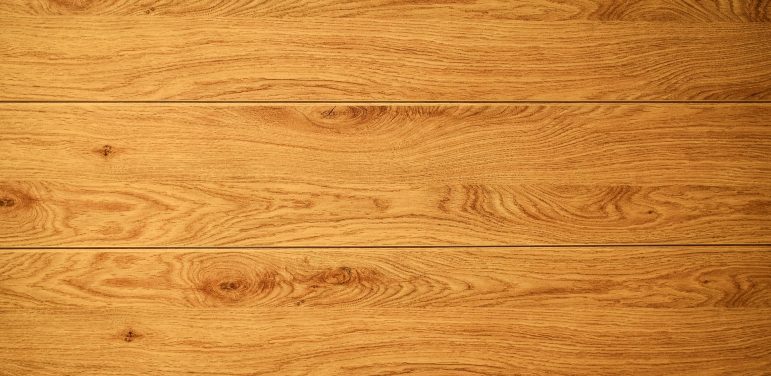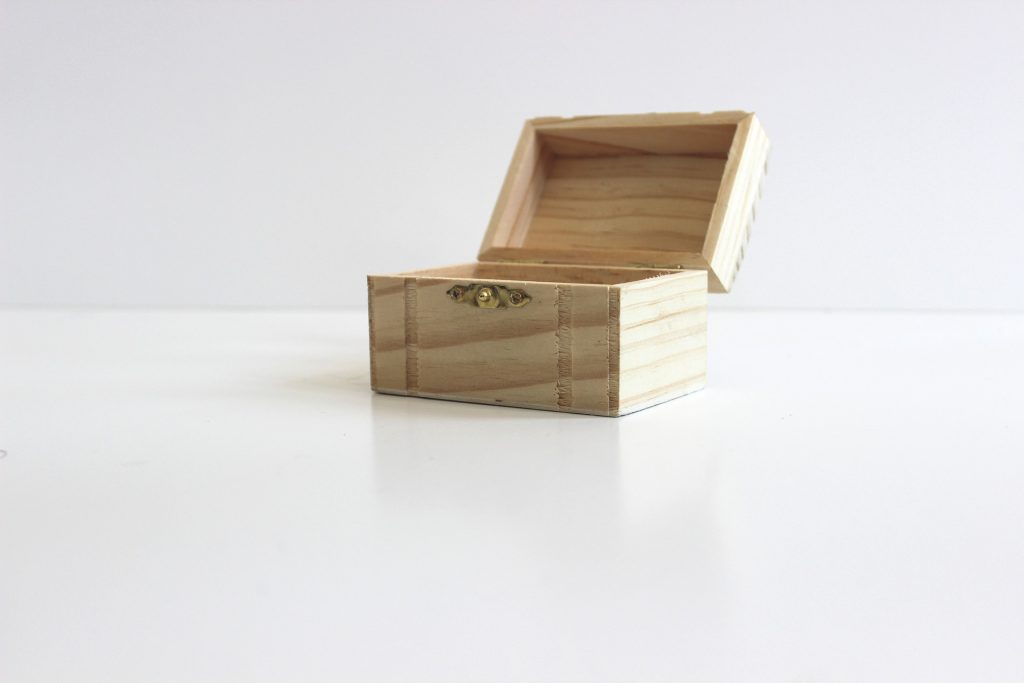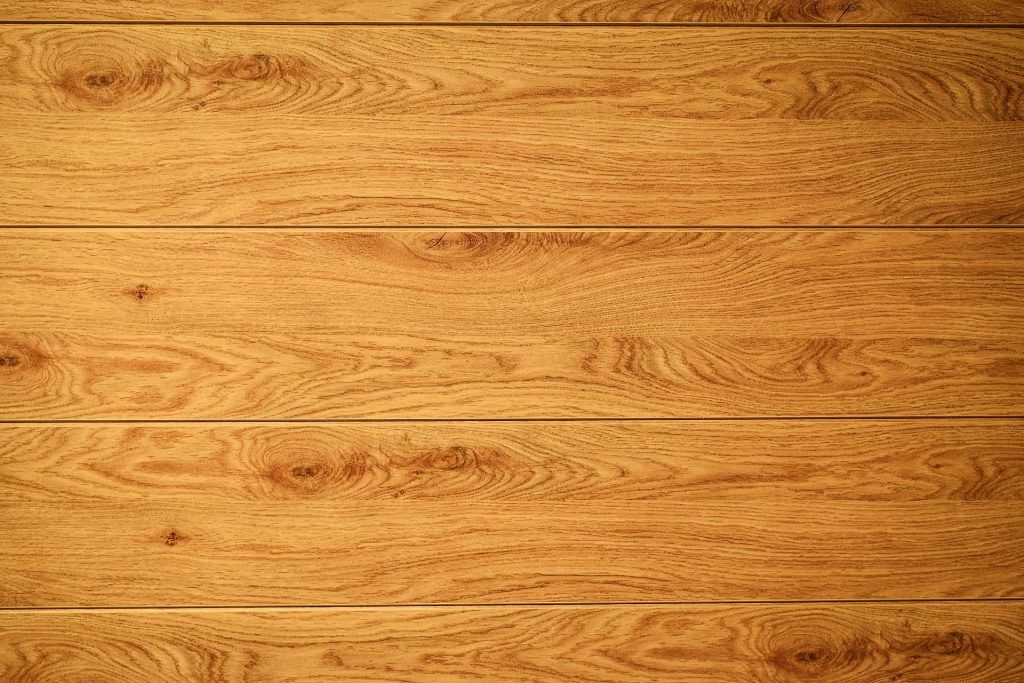We are made of professional interior designs and decorators who are very obsessed in transforming your homes. We have many years of experience in the field and have helped thousands of homes transform.
About UsOur ServicesThere are plenty of floorings available in the market today. Two remarkably resilient ones, beside engineered wood flooring, are vinyl and linoleum. These two types of floorings are beneficial in wet areas like the bathrooms or kitchen. They are known to be resilient since they do not immediately change shape and characteristic if a heavy object falls on them. This means that vinyl and linoleum can retain and restore their original form.
While these two types of flooring share many characteristics and are sometimes spoken in a single breath, they are fundamentally entirely different. There are a few crucial points of difference between vinyl and linoleum, namely concerning installation, appearance, care, materials, production, cost, and maintenance. They both are available in tiles as well as in sheets. You have to consider if for example you were to throw a science party, whether the floor would stand all the mess!
What are the differences between vinyl and linoleum?
Installation: Vinyl is a favorite of people who like to do their flooring by themselves. Easy to install with peel together tiles and snap-fit planks, vinyl is quite a favorite. Sheet vinyl is slightly more challenging to install than tile vinyl since exact measurement and cutting tools are required.
Linoleum installation is also quite similar to vinyl installation and both rank same regarding tile linoleum and sheet linoleum.
Appearance: With vinyl, printed options are endless. You can choose from any number of colors, patterns, designs, images, and customizations made directly as per your wish. You can get any flooring design that you could wish for. Many of the printed artworks that people opt for are transferred onto vinyl for a designer effect and feel. However, with wear and tear the top layer of this print can fade giving a dull and lifeless appearance to realistic or lifelike images. Linoleum, on the other hand, does not have the design and pattern options that vinyl can get. The possibilities are limited but will hold steadfast even with wear and tear of the floor. The colors of linoleum do not fade since they are present inwards throughout the entire sheet or tile and not just on the surface.
Material: Vinyl is human-made using petroleum-based resources. A substantial amount of energy is required to make, process, and extract chlorine which constitutes a significant amount of the chemical composition of vinyl. Linoleum is made of naturally occurring linseed oil (an extract of flax seed). It is then formed in addition to wood flour, cork dust, and rosin. Without a doubt, linoleum is the better alternative regarding physical makeup.
Care and Maintenance: Cleaning vinyl flooring is effortless since it is meant to withstand moisture. You can sweep and mop with any detergent solution mixed with water to get a clean look and finish. The vinyl material does not discolor with regular cleaning. It can also be wiped clean to make it look good again. Linoleum is also a favorite of cleaners. As easy to clean as vinyl, linoleum is mostly seen in schools, hospitals, government offices, and other municipal offices. Extremely low maintenance, linoleum can be swept, mopped, or vacuumed to with a mild detergent.
Cost: Vinyl is cheap in comparison to linoleum by almost half. However, the flooring does not last for very long and will have to be changed every decade or so. Premium vinyl and customized vinyl can be quite expensive if charged per foot. Vinyl is set at price points of USD 0.5 to USD 2.00 per sq. Ft.
Linoleum is priced higher than vinyl by double. It also lasts for approximately 35 years. Flooring tends to degrade at a slower rate and will start appearing older till it needs replacement. Linoleum is priced at nearly USD 2.50 to USD 5.00 per sq. Ft.
Which is better, vinyl or linoleum?
Linoleum is used more often than vinyl in commercial properties and installations in the healthcare and education industry to maintain a uniform look and feel. Since it has a longer lifespan, linoleum does become the flooring of choice for these institutions.
Vinyl, on the other hand, can be used in almost any commercial or domestic design due to its versatility in color, appearance, design, and pattern. Commercial properties like events, corporate offices, retail, hospitality like restaurants, pubs, and so on prefer a trendy outlook and so opt for vinyl flooring.
Both are great flooring choices. Selection criteria between vinyl and linoleum should depend upon durability, cost, colors, and maintenance. Another factor to consider is how often you would like to change the flooring for a new look and feel.
Be sure to check out IB Flooring for a great range of lino, vinyl and other flooring.







Comments are closed.